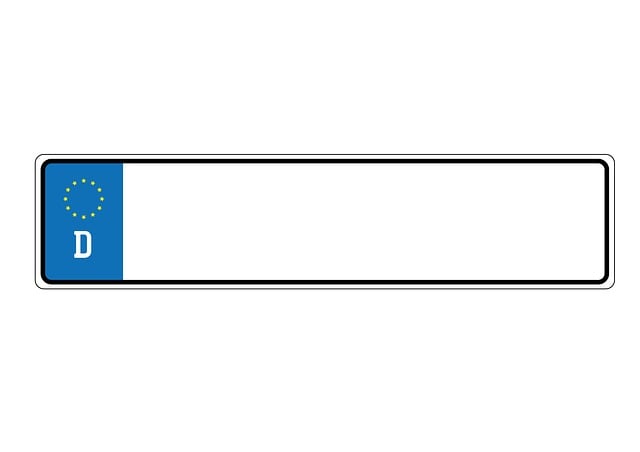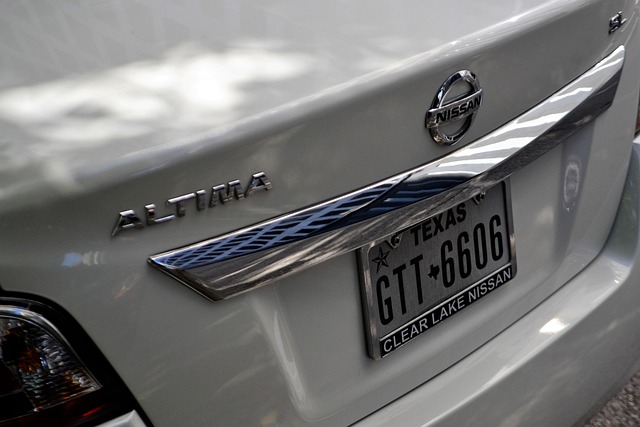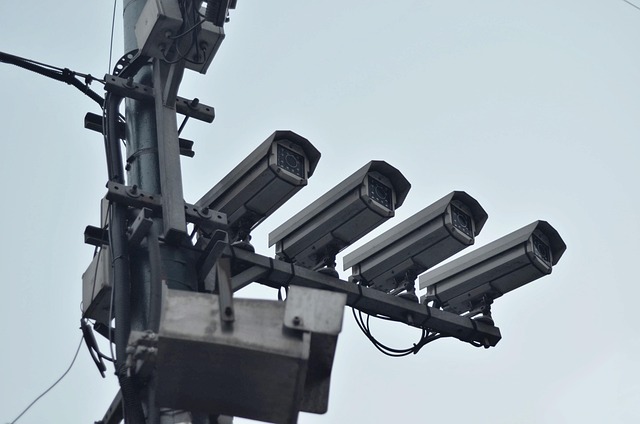In the digital age, Select License Plate Privacy measures like obscuration kits and wraps are raising concerns about balancing personal privacy and public safety for law enforcement. While proponents argue these methods protect against data breaches, critics see them as evasive tactics hindering crime prevention efforts. The rapid evolution of technology has led to innovative solutions, but implementing Select License Plate Privacy must carefully balance individual liberties with effective law enforcement capabilities.
Unidentifiable number plates have become a growing concern, raising questions about vehicle privacy and public safety. As technology advances, license plate recognition systems face challenges with increasingly obscure or altered plates. This article explores the legal perspectives on license plate privacy, delves into technological advancements aimed at maintaining anonymity, and weighs the pros and cons of implementing select license plate privacy measures.
- Understanding Unidentifiable Number Plates: A Growing Concern
- Legal Perspectives on License Plate Privacy
- Technological Advancements in Plate Anonymity
- Pros and Cons of Implementing License Plate Privacy Measures
Understanding Unidentifiable Number Plates: A Growing Concern

Understanding Unidentifiable Number Plates: A Growing Concern
In today’s digital age, where privacy concerns are on the rise, the issue of unidentifiable license plates has become a growing worry for law enforcement and public safety authorities. Select License Plate Privacy, when implemented through car plate obscuration kits or unreadable license plate wraps, can make it difficult for cameras and human observers to capture clear images of vehicle registration details. This trend raises questions about the effectiveness of traffic monitoring and enforcement systems that rely heavily on accurate license plate recognition.
Deterring license plate theft and ensuring the integrity of data collection for transportation planning and crime statistics are crucial aspects that must be addressed. While some argue that obscuring or wrapping license plates is a form of evasion, others see it as a necessary step to protect personal information from prying eyes, especially in light of increasing concerns over data security and privacy rights.
Legal Perspectives on License Plate Privacy

In many jurisdictions, the legal perspective on license plate privacy is a delicate balance between individual rights and public safety needs. While there’s a growing demand for greater privacy regarding car registration numbers, laws often require license plates to be readable for identification purposes, especially during traffic stops and enforcement activities. Some countries have stringent regulations against obstructing or hiding car plates to maintain road safety and facilitate smooth traffic management.
The debate over select license plate privacy has gained momentum with the advent of unreadable license plate wraps and other obscuring devices. Proponents argue that such methods can deter identity theft, protect vehicle owners’ privacy, and reduce unwanted attention. Conversely, law enforcement agencies contend that it hampers their ability to monitor traffic, investigate crimes, and ensure road compliance, thereby creating a legal conundrum in several regions.
Technological Advancements in Plate Anonymity

The evolution of technology has significantly impacted the way we approach vehicle identification and privacy. One notable development is the rise of advanced license plate privacy solutions. Modern technologies offer innovative ways to obscure or hide car registration numbers, providing drivers with enhanced discretion. From specialized privacy films for license plates that render the text unreadable to physical screens designed to cover the registration area, these tools cater to individuals seeking greater anonymity on the road.
Select license plate privacy options are now more accessible and effective than ever before. Vehicle registration privacy screens, for instance, offer a discreet way to maintain confidentiality while still adhering to legal requirements. These advancements underscore the growing demand for personal data protection, not just in digital spaces but also in our everyday lives on the open road.
Pros and Cons of Implementing License Plate Privacy Measures

Implementing measures to protect license plate privacy has both advantages and disadvantages. On the positive side, selecting a quality license plate privacy film or obscurer can significantly hinder unauthorized identification of vehicle owners. This is particularly appealing to those concerned about their personal information being exposed during surveillance operations or in public spaces, where cars are often parked without direct supervision. It offers a level of discretion that respects individual privacy rights while maintaining law enforcement’s ability to identify vehicles involved in criminal activities through advanced imaging and data recognition technologies.
However, critics argue that license plate obscuration can make it harder for law enforcement agencies to prevent and investigate crimes like theft, fraud, or traffic violations. It may also prove challenging for automated systems designed to read and track vehicle movements, especially if the privacy measures are not correctly applied or if vehicles are parked in areas with poor lighting conditions. Moreover, some individuals might abuse this right, using it as a cover for illegal activities by making their cars less traceable. Therefore, any decision regarding license plate privacy should balance these pros and cons to ensure both individual liberties and effective law enforcement.
In conclusion, the rise of unidentifiable number plates presents a complex dilemma. While selective license plate privacy offers individuals enhanced anonymity, it challenges law enforcement’s ability to identify and hold accountable those involved in illegal activities. Balancing individual privacy rights with public safety requires thoughtful consideration and innovative solutions, driven by technological advancements that ensure a safe and secure future for all.
